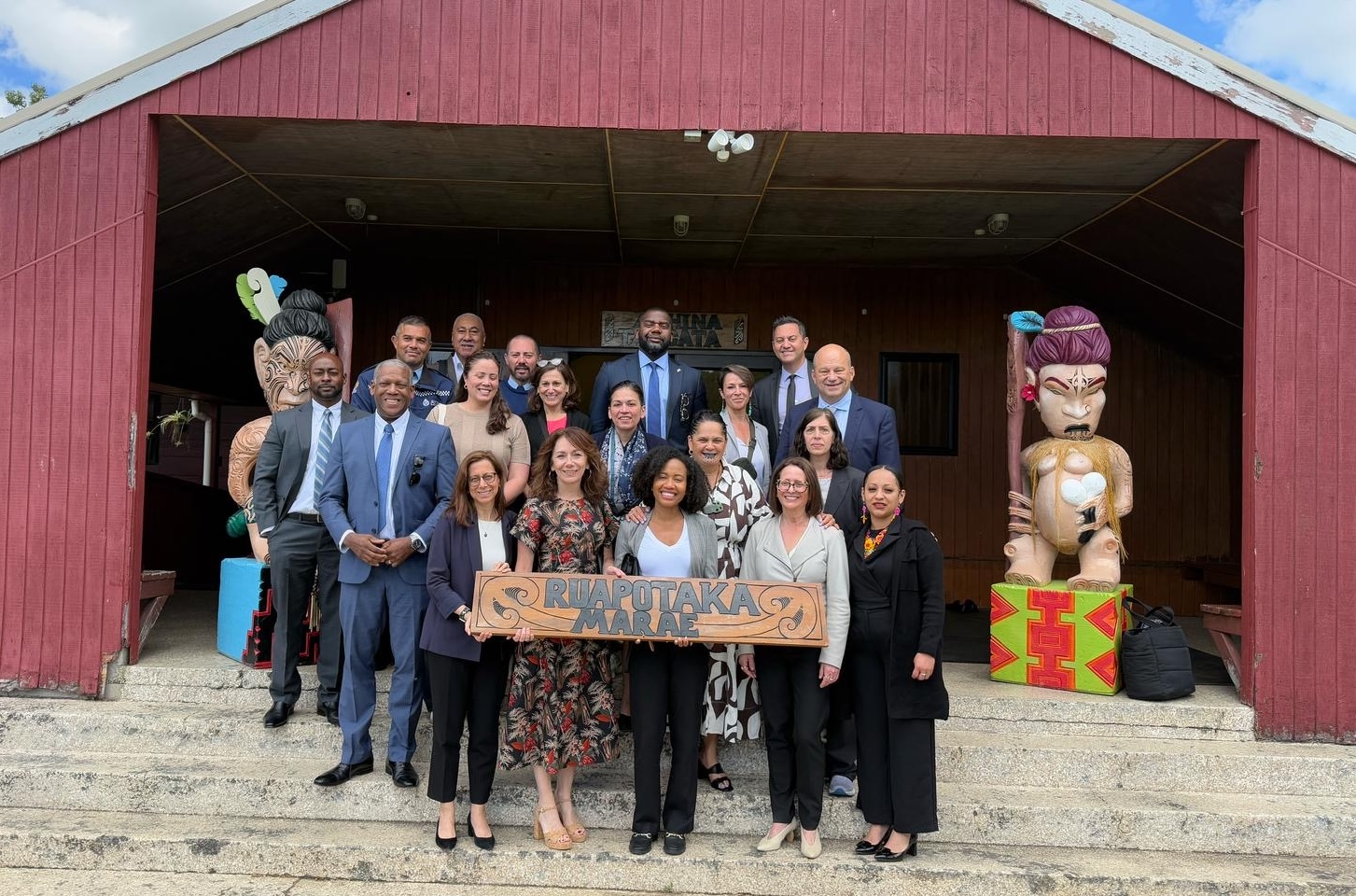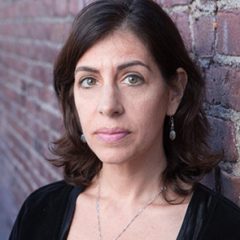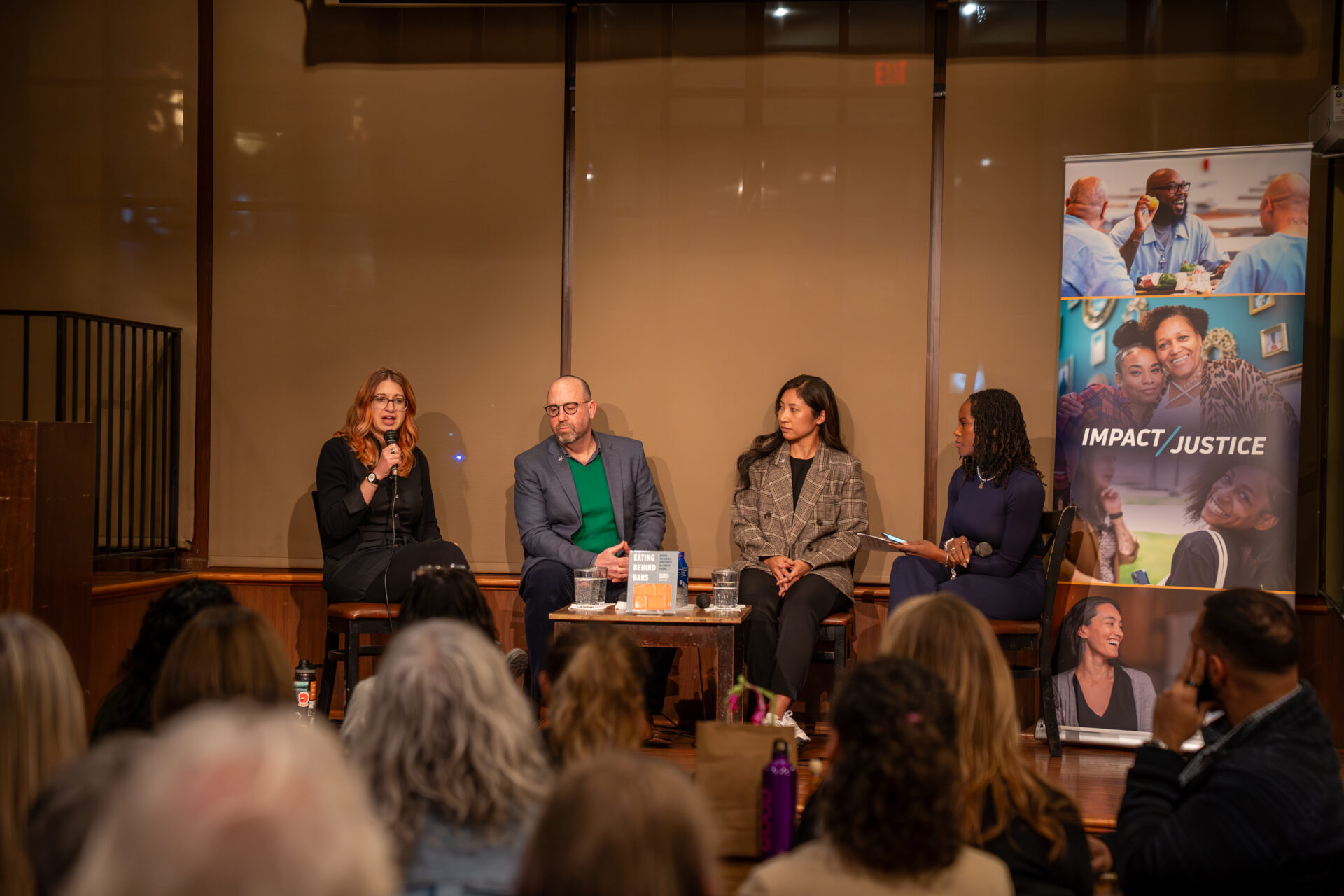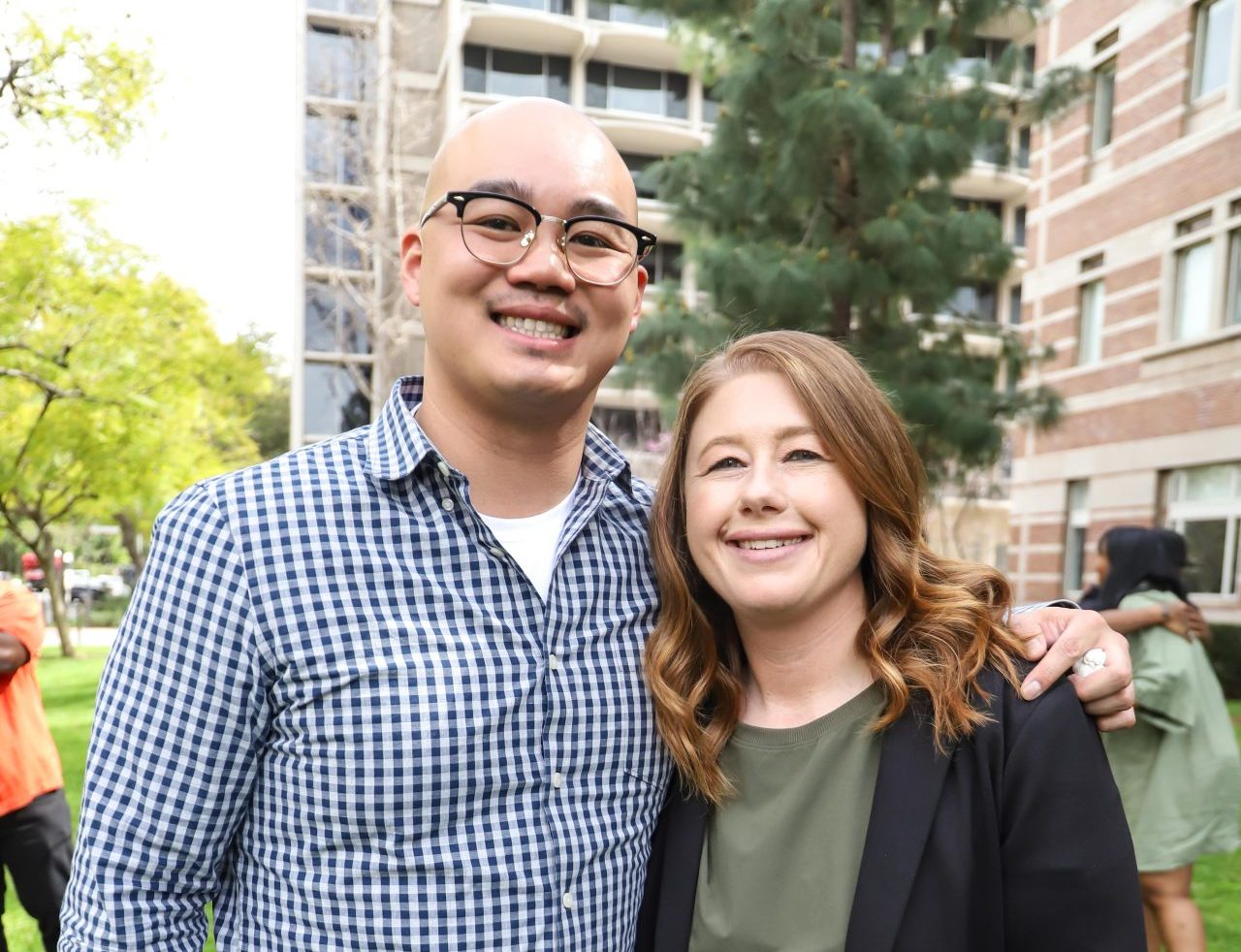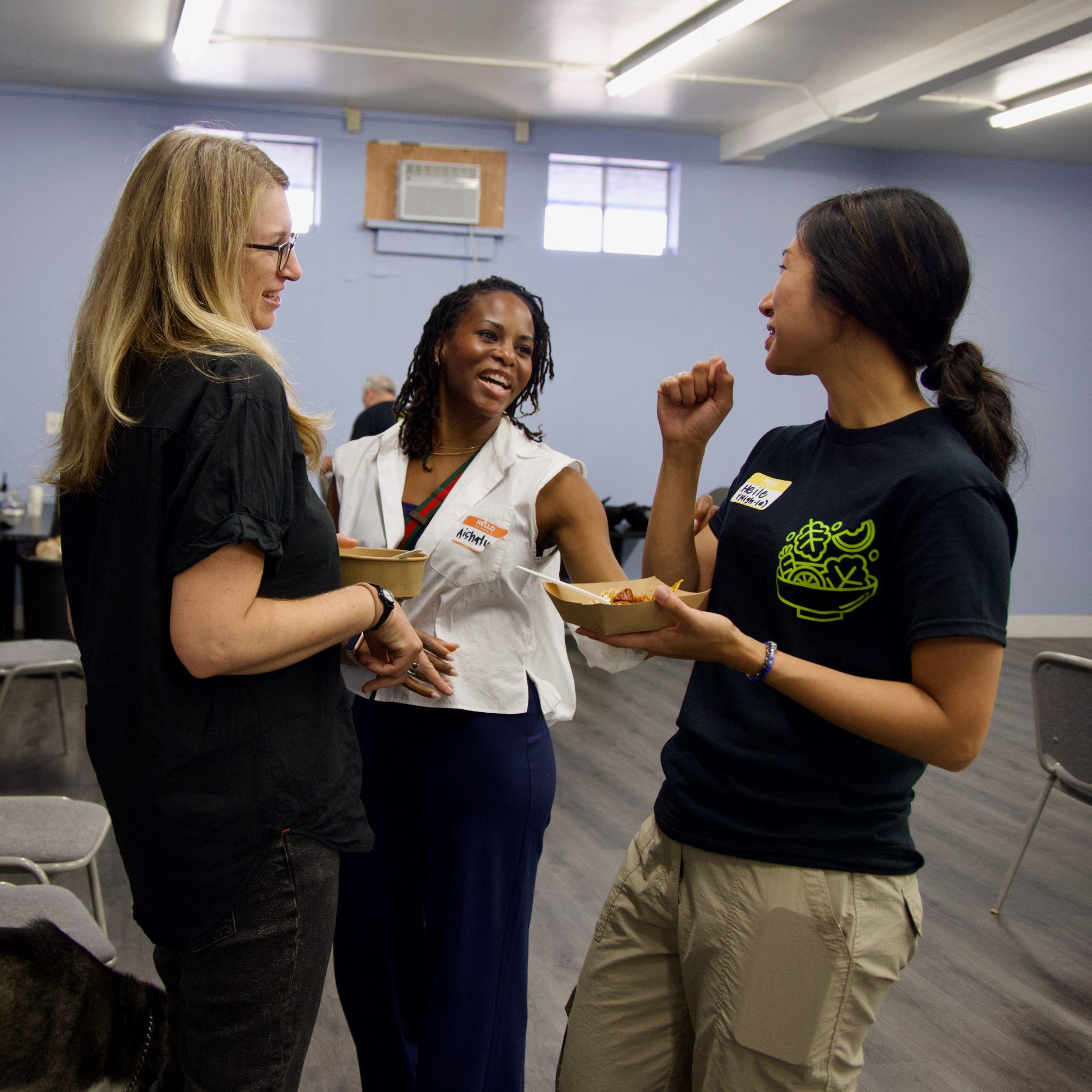I expected many surprises while planning a trip to Aotearoa New Zealand, but the amount of time I spent singing was not one of them.
I made this trip in March of this year, but its origins lie in the Impact Justice initiative called Building Justice, which, since 2017, has included a series of trips to Finland and Norway to help advocates, partners, and leaders here in the United States think critically about our criminal justice system through the lens of the Nordic approach to public safety, punishment, and reintegration. These trips have energized people already committed to working toward more restorative models of justice in the U.S., and have inspired a variety of new projects and reform initiatives.
After Impact Justice’s last trip to Finland in 2023, we got a call from the Zellerbach Family Foundation with a request that we help them explore the possibility of a trip to New Zealand — Aotearoa — in order to study their youth justice system, often considered to have inspired restorative justice models in many other parts of the world. The challenge, I thought — I think we all thought — would be visiting a place with a youth justice system imbued with a distinct culture, very much tied to its indigenous Māori roots, and finding our way into that culture with sensitivity and understanding in a short period of time. But every early conversation I had with the people who eventually welcomed us to their country suggested that this group — composed of youth justice practitioners and advocates from the Bay Area — would take something more meaningful away from the trip, even if we weren’t yet certain what it would be. And so, after more than a year of planning, I found myself on an 18-hour flight to, quite literally, the other side of the world.
Prior to our arrival, I did a deep dive into the mechanics of New Zealand’s youth justice system. The statistics tell the story of more than 30 years of reform that sought to begin to repair some of the tremendous harm that colonialism inflicted on the country’s Māori and Pasifika populations. After signing legislation in 1989 that established strong, principled guidelines prioritizing the well-being of young people in all decisions that impact them, the country spent the following decades working to incorporate aspects of Māori culture and values into the youth justice system, significantly reduced the numbers of young people who are prosecuted for conflicts with law, and even further reduced the numbers of young people who spend time in detention. Nonetheless, like every punitive system I’m aware of, it remains the case that the most marginalized people — in this case Māori youth — are dramatically overrepresented in the youth justice system.
These are the things I knew before I embarked on the trip. I was aware, also, that our trip — while focused on learning about the ways in which the legal system is designed to divert youth away from arrest, prosecution, and detention — would include some introduction to traditional Māori cultural practices, since they have been woven into the fabric of the justice system. But I confess that this aspect of our experience seemed secondary to the practical lessons we would be there to learn. I had no idea how seriously I was mistaken.
Not long before we departed the U.S., I was told that our group would be participating in Māori “welcome ceremonies” over the course of our trip, prior to some of our meetings. This included the instruction to learn — as a group of mostly strangers — a song to perform upon our arrival at most institutions. It seemed a small detail to me. Slightly embarrassing, potentially, but something we’d do to ensure we were respectful of the cultural expectations in the spaces we’d enter. I had my own reservations, and our group’s nervous attempt to practice “Lean on Me” on the bus ride to our first day of meetings made it clear that many of us were not relishing the thought of bursting into song in front of people we’d never met. As we approached our first meeting, I think it dawned on all of us that we were going to be learning a lot more than merely how the organization we were headed to serves youth in its community.
What we did learn that first morning was that a traditional Māori welcome ceremony involves a series of introductions that emphasize community and cultural history. Speeches of welcome and of history and a very special kind of genealogy are made, mostly in the Māori language, and after each speech comes a song. Our group had elected someone to make a speech on our behalf as part of the initial welcome ceremony, and then we all stood and sang our first, shaky rendition of Lean on Me. After the welcome speeches and songs, we rose to engage in the “hongi,” a traditional practice of pressing noses and foreheads together that signifies the sharing of breath. In a given two hour meeting, perhaps an hour (or more) might be dedicated to this ceremony.
I think many of us were — and certainly I was — out of our comfort zones. But the connection created in song, and then in the actual physical act of the hongi, followed often by very personal introductions from every single person in the room, completely altered the way that we entered the meetings we had all week long. These practices became a warm and uplifting transportation into communion with everyone we met, and even with each other. If I were to show you a snapshot of our group at the beginning of the week, and at the end, it would still be impossible to convey just how transformative these practices were over the course of our time together, but you would see the difference. You would hear the difference in the enthusiasm (and improved harmony) of our voices in song, in the smiles and tears that joined our speeches, in the personal introductions that went from “I’m so and so and work for so and so,” to emotional pieces of each individual’s family history and values.
If I were to show you a snapshot of our group at the beginning of the week, and at the end, it would still be impossible to convey just how transformative these practices were over the course of our time together, but you would see the difference.
By our final day in Auckland, my fellow travelers — many of whom were initially strangers — had built deep, meaningful connections not just with our Māori and Kiwi counterparts, but with one another. Some of the most reluctant early participants became the first to lead us into song. System actors who traditionally sit on opposite sides of a courtroom were engaging in new ways after sharing the experience together.
The highlight of our trip was a visit to the indigenous youth court. I had been told to expect something spectacular, but what I found was this: there’s truly no way to prepare yourself. Our visit to the marae, the meeting house where the Māori youth courts are held, was moving and uplifting in ways I’ve never experienced.
While the 1989 legislation centers the wellbeing of the child, it is the Māori practices that bring that value to life in the youth court, which looked and behaved nothing like a court. Every interaction between not only the judge and the young people in court, but the elders who are there to support the young people, their family, their advocate, and even the police prosecutor, was designed to build and strengthen the young person’s “mana”, which is a Māori word that means spirit or power, in the sense of one’s individual power, one’s self-confidence.
As with most meetings, court begins with speeches, singing, and a hongi — this time, though, the young person’s court appearance also ended with a hongi with everyone in the room. The proceedings have an emphasis on positive reinforcement of the child’s accomplishments, and on the day I observed, the judge incorporated a “Māori wave” during which everyone in the court was asked to call out words of love and support, blanketing the child in verbal affirmations. By the end of the proceeding, the young person in question was tearfully and openly engaging with elders and community members. As we sat there watching this unfold, I was struck by how many in our group were moved to tears, and how even the most cynical among us felt the powerful connections being forged in that room on behalf of those young people.
I did not come away from Aotearoa New Zealand believing they have solved the problems that the colonial, punitive justice system has imposed on them. It is not only that Māori youth continue to be vastly overrepresented in the justice system, but they continue to place youth, even though a relatively small number, in facilities that challenge their values. In the past decade, New Zealand has experienced a general decline in youth crime rates, but just as in the U.S., there has been a backlash to sensationalized reports of youth crime and a push toward more punitive responses by the justice system. It is not that I left believing I’d seen the perfect system, but rather I left with an energy sparked by people who showed us what the practice of love and connection looks like, and how much good it can accomplish even within a flawed system.
It is not that I left believing I’d seen the perfect system, but rather I left with an energy sparked by people who showed us what the practice of love and connection looks like, and how much good it can accomplish even within a flawed system.
Over the course of our visit, we saw what it looks like when the youth justice system’s priority is restoration and healing, rather than punishment and retribution, and when most of the people working within the system hold these values, despite all of the ways society challenges them. It showed us what it looks like when young people are supported after their mistakes, and it allowed us to feel — if only for a few days — the magic of a community that prioritizes connectedness and care above all else.
Now more than ever, we need hope to push against the despair, disillusionment, and disconnection so many of us feel, both in the movement and in our own lives. Our trip to Aotearoa New Zealand planted a new seed of hope in me by proving, once again, that a better future can and does exist. We only have to build it.
